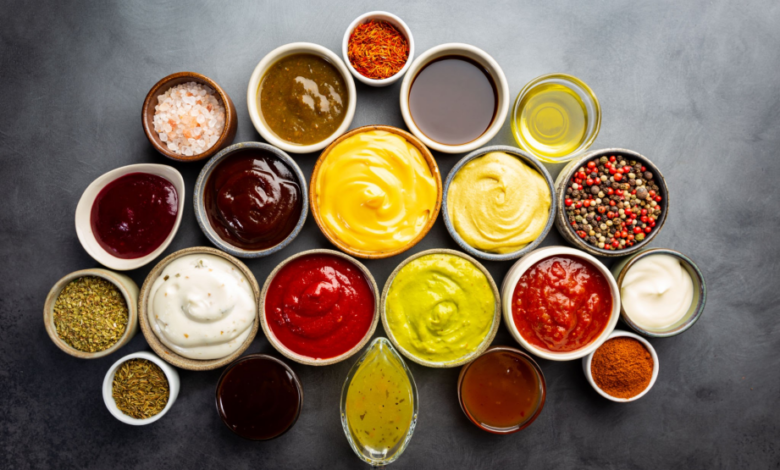What Is Not Considered a Condiment?

The culinary world categorizes countless ingredients and preparations that enhance the dining experience. Among these, condiments hold a unique position as flavor enhancers typically added at the table or during plating. However, not every food additive or accompaniment qualifies as a condiment. Clarifying what is not considered a condiment is important for food professionals, marketers, and consumers alike, especially as the food industry continues to innovate and diversify product offerings.
This article examines the characteristics that exclude certain items from the definition of condiments, highlights common misconceptions, and explores how condiment manufacturers navigate these distinctions to position their products accurately.
Establishing the Boundaries
To understand what is not a condiment, it is essential first to revisit the fundamental purpose and nature of condiments. Condiments are substances applied to prepared food to enhance, complement, or contrast its flavor. They are generally served in small quantities and can range from sauces and spreads to pickled items and powders.
Items excluded from this category typically fail to meet one or more of these criteria due to differences in usage, composition, or function.
See also: Central Production Kitchen: The Backbone of Scalable Food & Beverage Operations
Items Commonly Mistaken as Condiments
Several food items are often mistakenly classified as condiments but differ significantly in purpose or application. Examples include:
- Main Ingredients: Items such as vegetables, meats, or grains that constitute the primary components of a dish rather than enhancers.
- Cooking Ingredients: Substances like cooking oils, flours, or broths used during preparation but rarely served at the table.
- Seasonings and Spices: While related to flavor enhancement, these are generally added during cooking rather than applied directly as accompaniments.
- Garnishes: Decorative food elements that may add texture or mild flavor but are primarily for visual appeal.
- Condiment-like Products with Different Uses: For instance, salad dressings often blur the line between sauce and condiment but are typically considered dressings rather than standalone condiments.
Why These Distinctions Matter
The differentiation between condiments and other food categories holds practical significance:
- Product Development: Condiment manufacturers must clearly define their product lines to meet regulatory standards and consumer expectations.
- Marketing and Labeling: Accurate classification affects branding, packaging, and promotional strategies.
- Consumer Understanding: Clear definitions help consumers make informed choices and use products appropriately.
Characteristics That Exclude Items from Being Condiments
Several factors determine exclusion from the condiment category:
- Role in Meal: If an item is central to the dish rather than supplementary, it is not a condiment.
- Usage Timing: Ingredients used exclusively during cooking phases typically are not condiments.
- Quantity and Application: Products consumed in large amounts as food, not in small doses as flavor enhancers, fall outside this category.
- Functional Purpose: Items serving nutritional or structural roles rather than flavor enhancement do not qualify as condiments.
Overlapping Areas and Ambiguities
Some items straddle the line between condiments and other categories. For example, salsas and chutneys might be considered condiments due to their flavor-enhancing roles but can also be components of a dish. Similarly, some spices like salt and pepper function as seasonings but are often found on the table as condiment shakers.
This overlap requires nuanced understanding, which condiment manufacturers address by clearly defining product usage and positioning in their marketing materials.
Industry Response and Adaptation
Condiment manufacturers innovate not only in flavor and formulation but also in clarifying product identities. This is crucial as consumer preferences shift toward clean-label, organic, and health-conscious products. Companies invest in research to create multipurpose products that might blend seasoning and condiment roles while maintaining regulatory compliance.
Packaging also plays a role in defining product use—items presented in squeeze bottles or small jars signal condiment usage more clearly than bulk cooking ingredients.
Summary
Not all flavor enhancers or food accompaniments qualify as condiments. Key exclusions include primary ingredients, cooking components, seasonings added during preparation, garnishes, and certain sauce-like products that function differently. Understanding these boundaries supports effective product development, marketing, and consumer education.
Condiment manufacturers must navigate these distinctions carefully to ensure products are correctly categorized and meet evolving market demands. Clear definitions help maintain the integrity of the condiment category while allowing room for innovation and growth.




